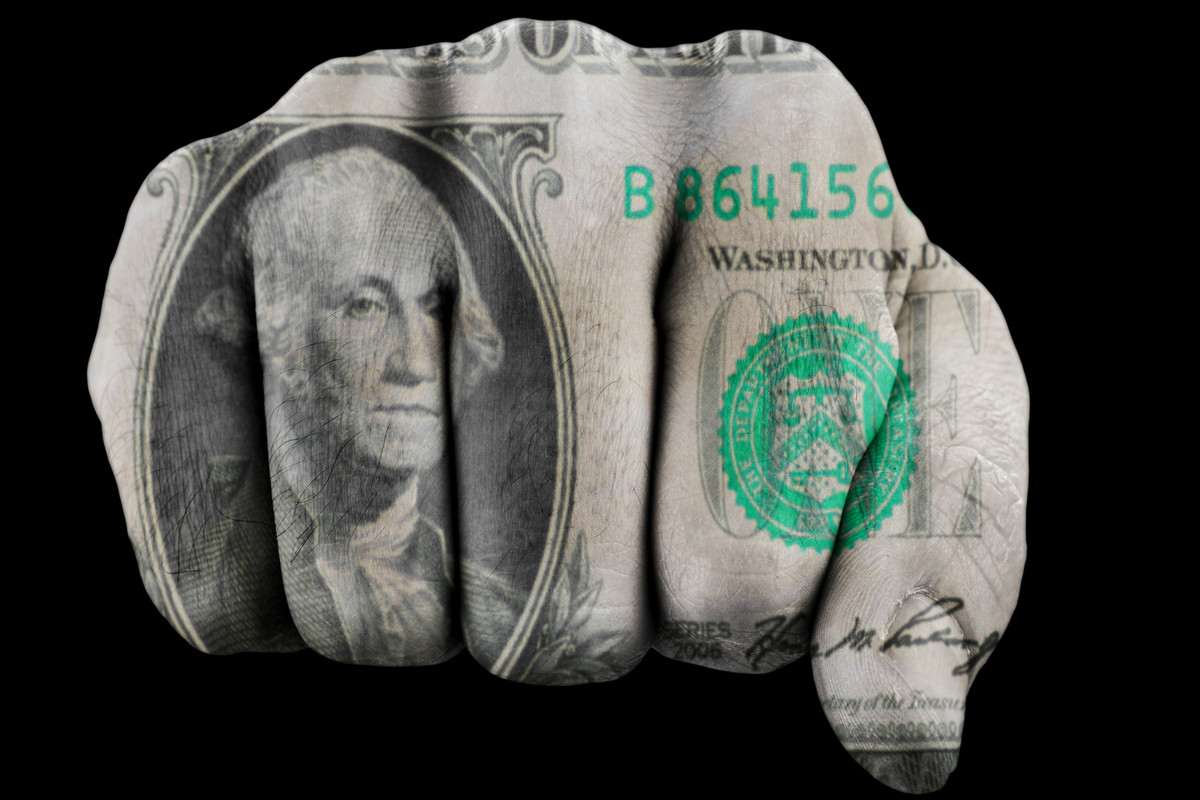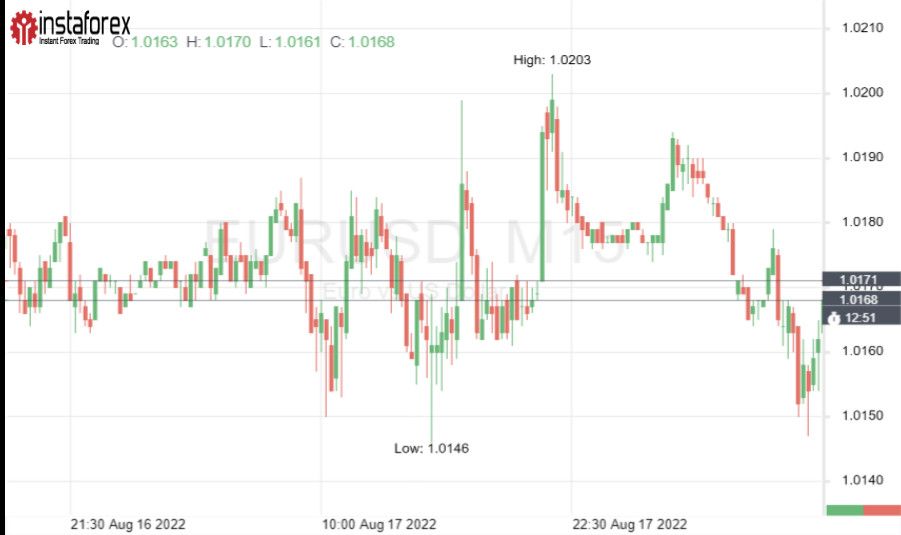
The FOMC minutes, published on Wednesday, became another springboard for the dollar. Today, the US currency, inspired by the hawkish mood of the Federal Reserve officials, is growing in all directions.
Temporary weakness
Yesterday investors focused on the minutes of the FOMC meeting. Immediately after its release, the dollar was defeated, but a little later the market interpreted the report in favor of the greenback.
Short-term pressure on the USD came from Fed officials' concerns about a recession. During the meeting, it was noted more than once that sectors of the economy that are sensitive to higher interest rates have already begun to show signs of slowing down.
Some Fed members fear that as part of their commitment to bring inflation under control, the central bank may tighten policy more than is necessary to restore price stability. In this case, the American economy is unlikely to survive.
The rhetoric of the FOMC meeting participants initially seemed dovish to the market. After the release of the minutes, the probability of a rate hike by 75 bps fell to 40% in September, while earlier traders estimated it at 52%.
Against this background, the yield of US government bonds began to decline, which provoked a fall in the dollar index. The greenback's low from yesterday was the 106.39 mark.
The euro won the most from the short-term rebound of the greenback. After the release of the July minutes, the EUR/USD pair rose by almost 50 points and reached the level of 1.0202.

This helped the euro to close the day with a slight increase (+0.13%), while other major currencies, on the contrary, sank in tandem with the USD.
Invincible Hulk
Despite short-term weakness, the dollar index finished Wednesday's session with growth. The revaluation of the FOMC minutes by the market helped it recover.
When the first emotions subsided, the main thing came to the fore: the Fed still intends to fight inflation, which implies further aggression towards interest rates.
At the July meeting, absolutely all of its participants agreed to raise rates by 75 bps. Moreover, many of them supported the view that the Fed will continue to move at the same pace if necessary.
Of course, by "necessary" we mean the persistence of inflationary pressures. At this stage, Fed members do not see convincing signs of a decrease in price growth, so they do not exclude that even more efforts will be needed to resolve the situation.
As for the economy, politicians said they would closely monitor its adaptation to the new monetary rate and take all necessary measures to prevent a recession.
In the ranks of the Fed, they do not deny a possible slowdown in economic growth, but at the same time officials manage to remain optimistic. Many of them believe that thanks to a strong labor market, US GDP could grow in the third quarter.
The data on retail sales in America, which were published on Wednesday, also helped reduce fears of a recession.
The US Department of Commerce said that in July the indicator rose by 10.3% year on year, which is higher than the forecast estimate (8.3%) and more than the previous month's value (8.5%).
A positive retail sales report coupled with hawkish FOMC minutes provided strong support for the dollar. Yesterday, the US currency managed to strengthen against its competitors by almost 0.1%.
The most important outsider was the Australian dollar. It plunged 1.23% against the greenback. The aussie's appeal has also been eroded by heightened concerns about Chinese demand for commodities, including iron ore.
The greenback soared 0.98% against the New Zealand dollar, negating the earlier growth of the NZD. Recall that on Wednesday the Reserve Bank of New Zealand increased interest rates by 50 bps to 3%, and signaled the continuation of the aggressive rate in the coming months. This triggered the rise of the kiwi.
The US dollar jumped 0.55% against the Japanese yen to 134.97. Such significant dynamics is a completely logical reaction of the USD/JPY pair to another increase in the gap between the yields of US and Japanese government bonds.
The greenback edged up 0.34% against the pound. The pound's weakening on Wednesday was also facilitated by the release of July statistics on inflation in the UK.
The report showed that consumer prices in the peninsula hit 10.1% last month, the highest in 40 years.
Double-digit inflation has heightened investor fears that the Bank of England will have to be even more aggressive on rates. This raises the already high risk of a recession in Britain.
Brilliant outlook for USD
"Now the overall picture for the dollar looks very positive. It is in a strong upward trend across the board," notes analyst Matt Simpson.
On Thursday morning, under the pressure of the greenback, the euro, the only currency from the group of 10, which showed growth yesterday in tandem with the USD, could not resist.
EUR/USD fell to 1.0150 amid growing recession risks. Recall that yesterday Eurostat presented the second estimate of the eurozone GDP for the second quarter. The indicator was revised downward.
Also, the euro is under strong pressure from the energy crisis flaring up in the eurozone, which is aggravated by abnormal heat.
Record high temperatures and a lack of rainfall caused the Rhine to dry up in Germany. Since the water level in the river has fallen below the critical level of 40 cm, the transport of coal, food and other goods has been significantly reduced.
Also, the appetite for the euro is now declining amid anti-risk sentiment among investors. The safe dollar is in high demand due to another escalation in geopolitical tensions between the US and China. Washington just announced official trade talks with Taiwan earlier this fall.
As you can see, the EUR/USD pair has fallen into a "perfect storm". According to analysts' forecasts, the dollar will continue to strengthen against the euro in the foreseeable future. Its growth is also expected in other directions.





















